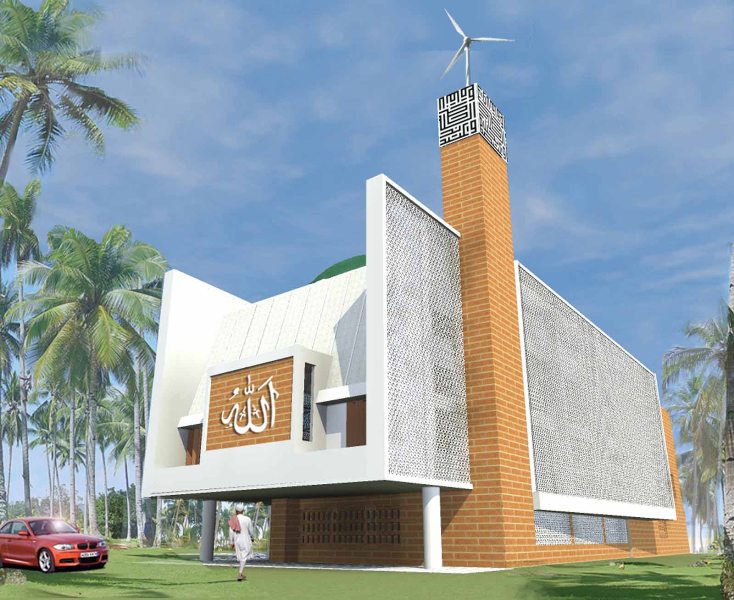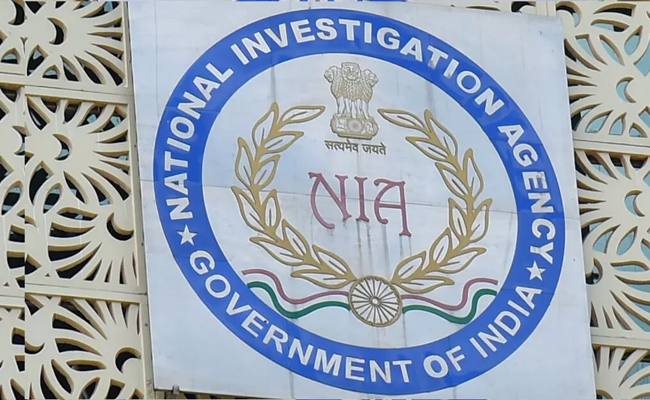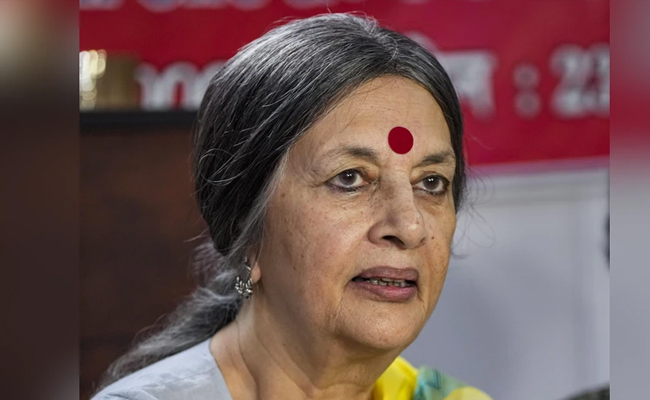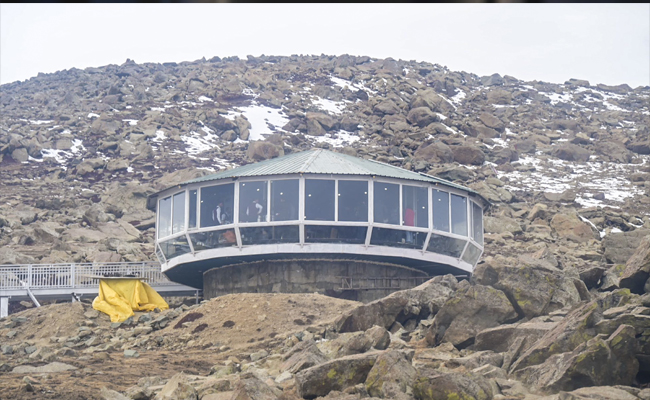New Delhi/Kundapura: The new mosque at Ayodhya will be built in a contemporary style using the modern architectural methods and will be a totally environment-friendly infrastructure. The construction of this mosque is inspired by the Badriya Masjid in Kodi village of Kundapur and the Spaceship like Masjid in Doha, Qatar.
Eco-friendly Mosque
Prof S M Akhter, the founder faculty of Jamia Millia Islamia's School of Architecture, New Delhi who is designing the mosque at Ayodhya, has been captivated by the design and concept of Kodi's Badriya Juma Masjid. Built by the Bearys Group, the innovative design of this masjid showcases Islamic architecture and modern eco-friendly technology. The masjid’s design is considered a revolutionary addition in the world of Islamic Architecture.
"I am looking into modern models, and will not be imitating the old structure," he said. He has also asserted that unlike the mosques that exist in this day, this mosque does not require a dome or an arch. In this regard, they have seemingly derived inspiration from the mosques in Kundapura and Qatar as their ideal structure.
World's first eco-friendly Zero Energy Masjid
Some of the unique features of Badriya Masjid are listed below:
►The cooling of the building has been achieved naturally by using elements of nature. The building orientation (East-West) minimizes solar heat gain. The L shaped building plan and elevated nature of prayer hall, thick canopy of coconut trees at height and green vegetation around the building reduce heating of the microclimate due to respiration, cool the structure and offer a naturally cooled environment.
►Ablution water tanks around the Mosque, the well and evaporation from them cool the structure base like in our ancient monument.
►Terrace floor, laid with white china mosaic, reflects the solar heat, avoiding heating of the local environment and cooling the prayer hall/structure
►Ventury type turbo vents fitted on the terrace floor of the prayer space cool the internal space of the prayer hall.
►It’s practically open envelope since non-conducting Glass Reinforced Concrete (GRC) Arabesque Screens with over 60% openings, maximize natural ventilation. The openings act as venturies and augment the velocity of air coming into the prayer hall.
►The natural cooling of the prayer hall is accentuated by the wind scoop on 70 feet multifunctional Minaret (from where the Azan, the call for prayer is given). Cool air is directed into the minaret by the scoop and this draft provides additional natural cooling in the prayer hall. The minaret also supports the tower structure of wind turbine mounted atop it.
►Use of Hybrid Renewable Energy i.e. wind & solar in the Mosque will produce more energy than used by the Mosque.
►The entire mosque; both internal and external; has been painted white to reflect solar heat and provide a solemn/ethereal setting.
►The western façade (Mehrab) has a green wall (vines) which forms the end of the Prayer Hall. These reduce heat gain in the afternoon.
►The elevated nature of the prayer space offered opportunities to reconnect with the surroundings, essentially the geography of the place, connecting one to the beauty of nature.
►Ceremonial open entry with pathways with laterite also formalizes the connection with the sea and inland areas. This invites the locals as well as visitors who visit these beaches to be a part of their experience with the land, the community and its culture.
►Indian Green Building Council (IGBC) has awarded India’s first Platinum rating for “Green Place of Worship” to the Mosque.
►The walls inside the mosque have been carved and decorated with Quranic Calligraphy designed by renowned Calligrapher Mukhtar Ahmed.
Mosque Built from money reserved for Hajj
There is a story behind the construction of this mosque. The mosque was built using the money that was saved for a Hajj expedition. Sufi Saheb was saving money to go on the Hajj pilgrimage. Due to ill health, he could not embark on the journey to perform Hajj pilgrimage. Instead, he left a lasting legacy and used that money to construct a masjid by the seaside at Kodi. The mosque was renovated 50 years ago. And 8 years ago, his grandchildren completed the construction of the now-famous world’s first zero-energy mosque. In the premises of the masjid, the trees planted by the elders such as the Mango and coconut trees remain untouched, and are integrated in the lawn.
Total Area: 15,000 Sq. feet
Alternative Fuel: Wind & Solar Energy
Required Electricity: 40 Kw
Current Consumption: 7 kW
Speciality: Adequate wind-light availability and use of renewable energy.
It is our little contribution in India’s march towards Sustainable Development. We hope that the Mosque will become a holistic place of worship where people from all over the world will come and pray and find true solace. I firmly believe that if Mosques, Temples, Churches and Shrines are built in an environmentally friendly way, the devotees visiting the places of worship will also be inspired to build their houses, buildings adapting Green architecture & sustainable development. Badriya Jum’a Masjid, beckons one and all and has already become a holistic place of worship attracting people of all faiths. May this ‘Beacon of Peace’ and ‘Paragon of Sustainability’ exemplify future buildings and harmonious living says Syed Mohamed Beary, Chairman of Bearys Group.
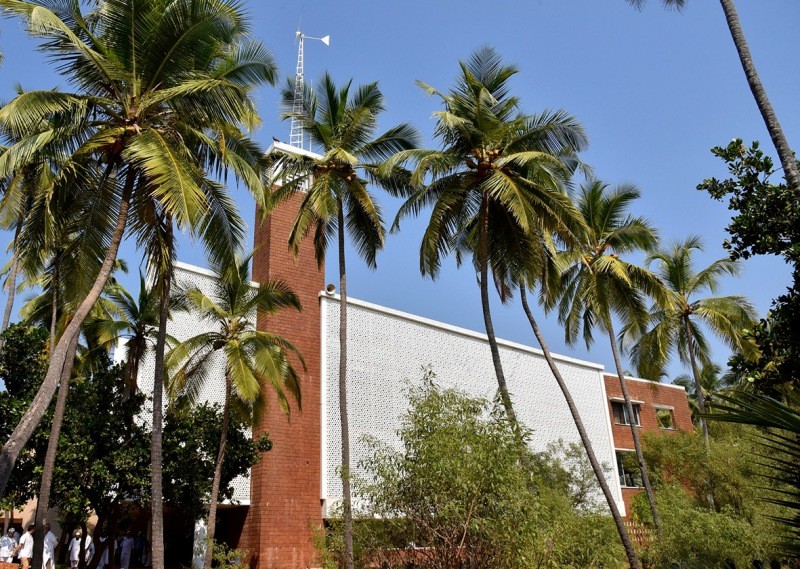
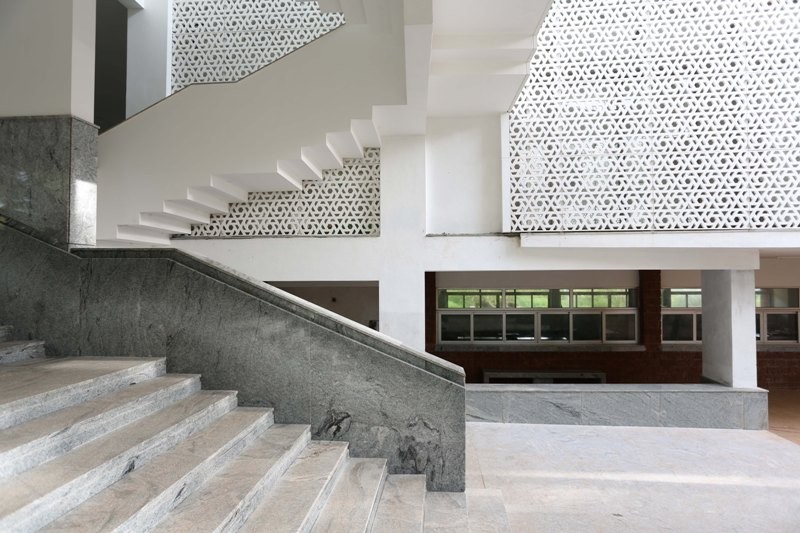

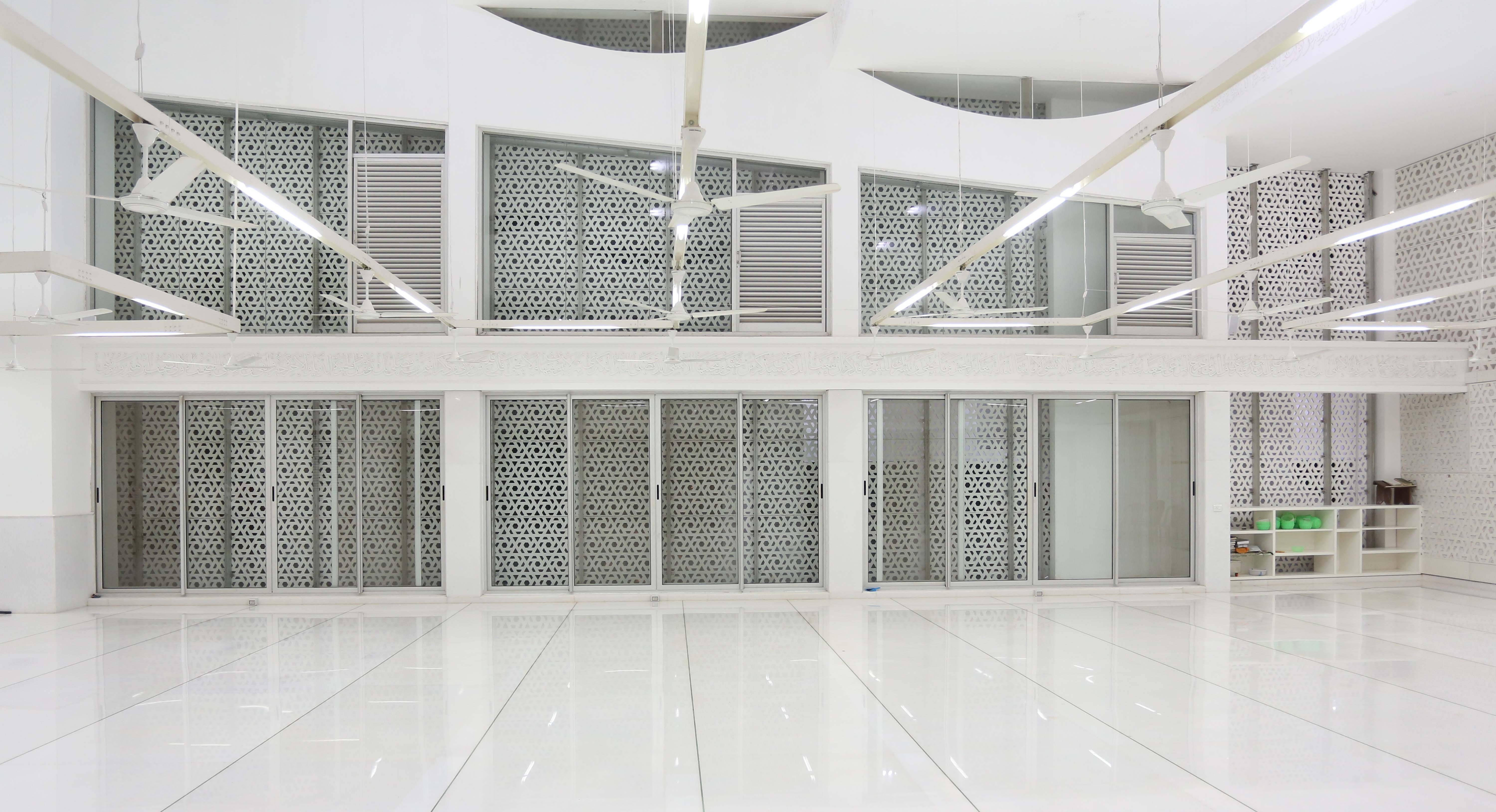

.jpg)
Let the Truth be known. If you read VB and like VB, please be a VB Supporter and Help us deliver the Truth to one and all.
Bhatkal: Speaker of the Karnataka Legislative Assembly U. T. Khader visited Bhatkal in Uttara Kannada district on Saturday and attended a local cricket match being played as part of a tournament organised by the Cosmos Sports Centre of Bhatkal.
After attending a programme at Anjuman Hami-E-Muslimeen, Khader proceeded to the Bhatkal Taluka Stadium, where the tournament is underway. He was accompanied by office-bearers of the Cosmos Sports Centre and several local community leaders.
Those present during the visit included President of Majlis-e-Islah Wa Tanzeem and former JD(S) leader Inayathullah Shabandri, Vice President of Tanzeem Atiqur Rahman Muniri, General Secretary Abdul Raqeeb MJ, President of Cosmos Sports Centre Ismail Anjum, Managing Director of Mohtisham Complexes S. M. Arshad, former president of the Bhatkal Muslim Youth Federation Imtiyaz Udyawar, among others.
Addressing players and organisers, Khader extended his best wishes to the participating teams and urged the players to uphold the spirit of sportsmanship. He said such tournaments help promote unity and brotherhood among the youth.
The cricket tournament began on November 21 and will conclude with the final match on December 21. It is being organised as part of the golden jubilee celebrations of the Cosmos Sports Centre.
Cosmos Sports Centre is one of the member clubs of the Bhatkal Muslim Youth Federation and is known for its active role in promoting sports in the town. Apart from sporting activities, the centre is also involved in various social and community initiatives, including efforts to promote education among students.


